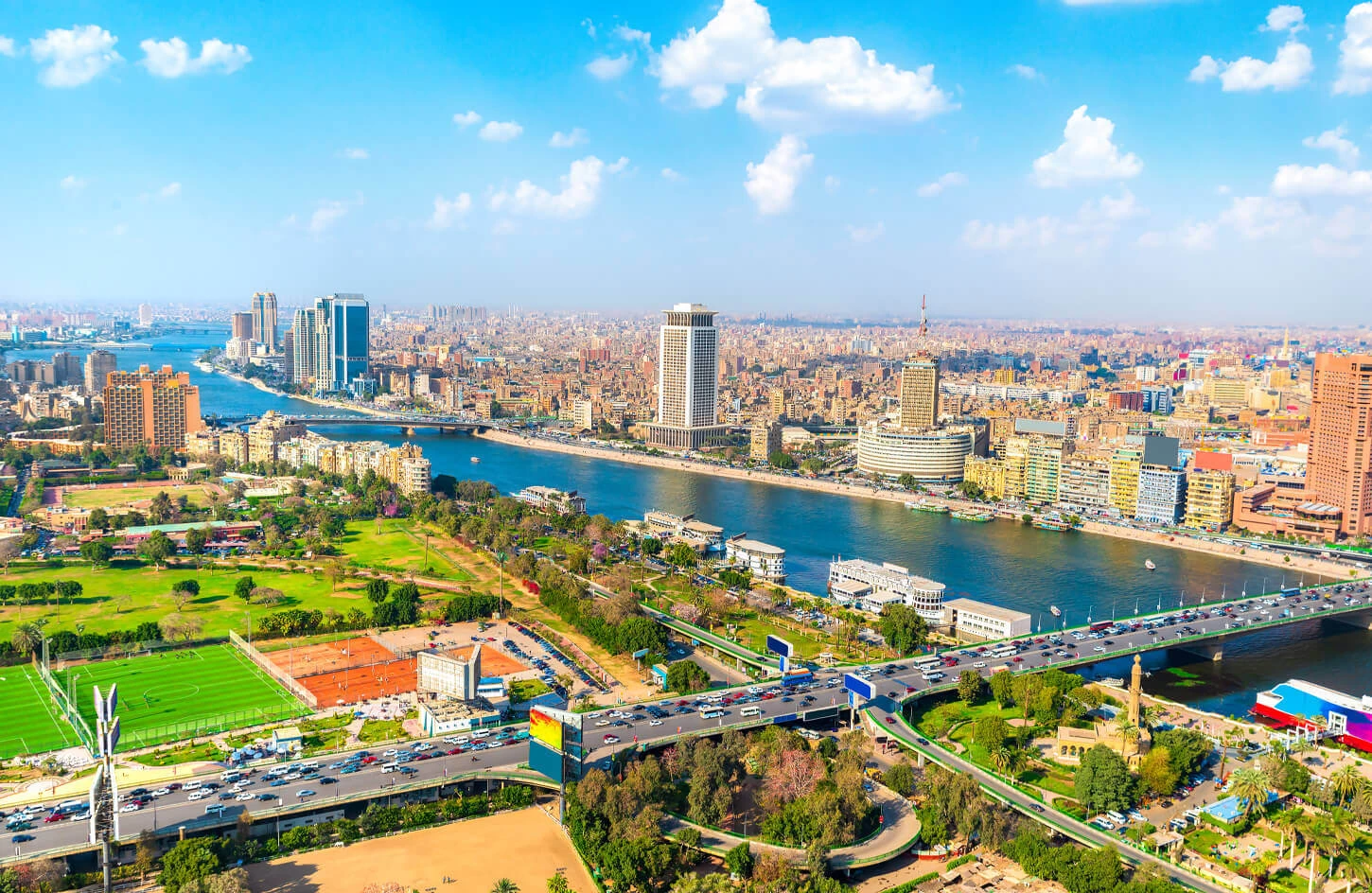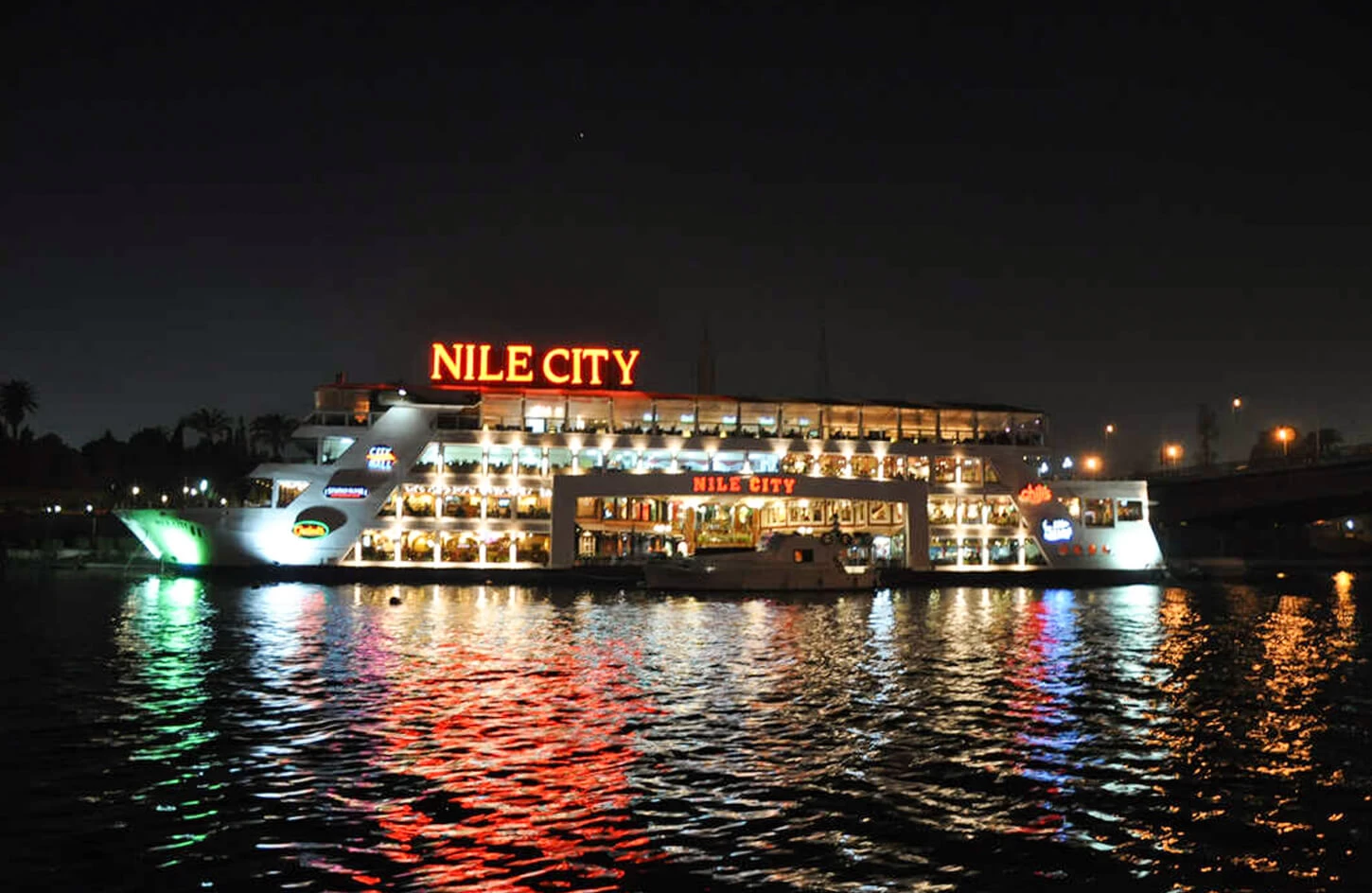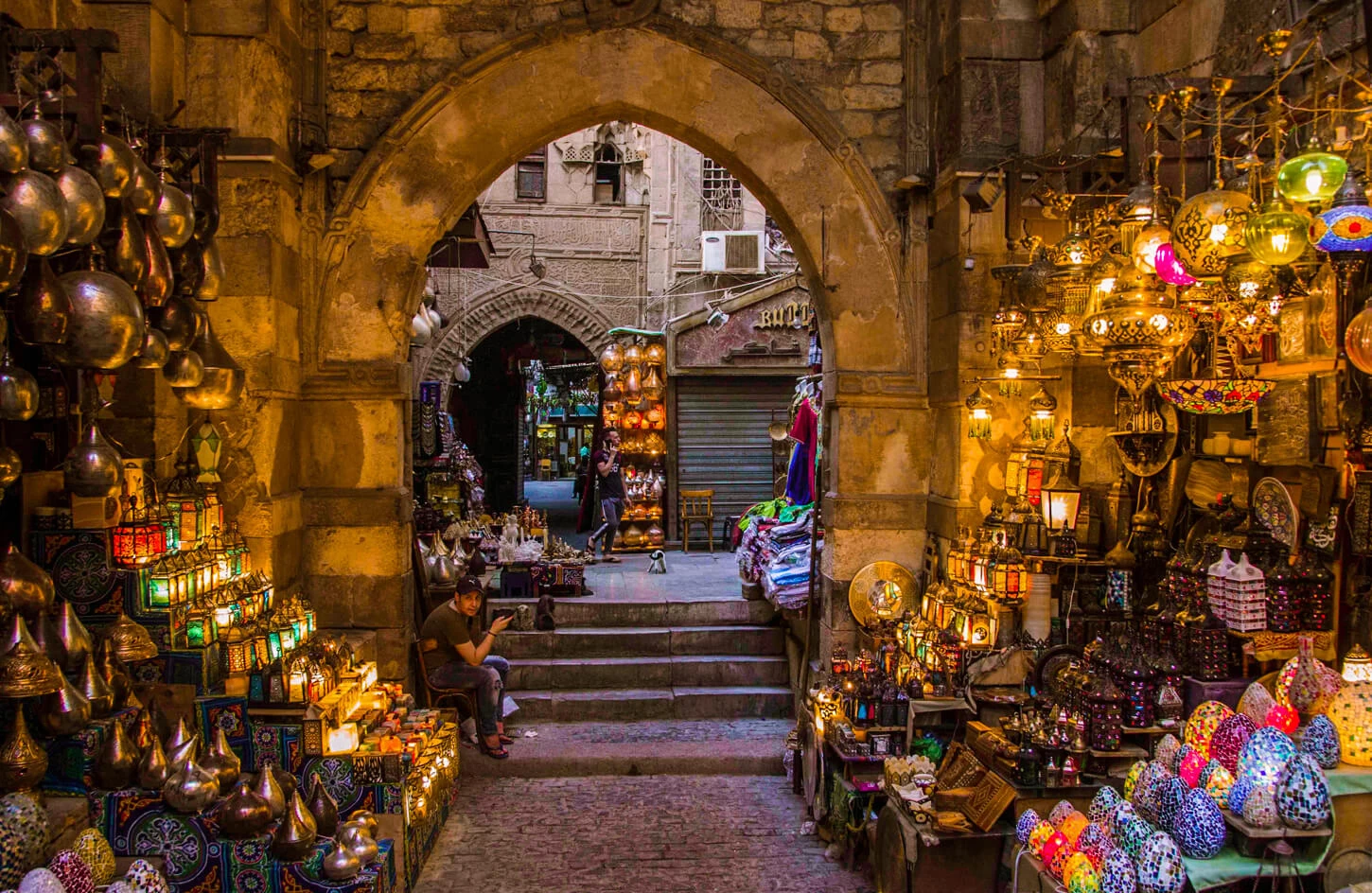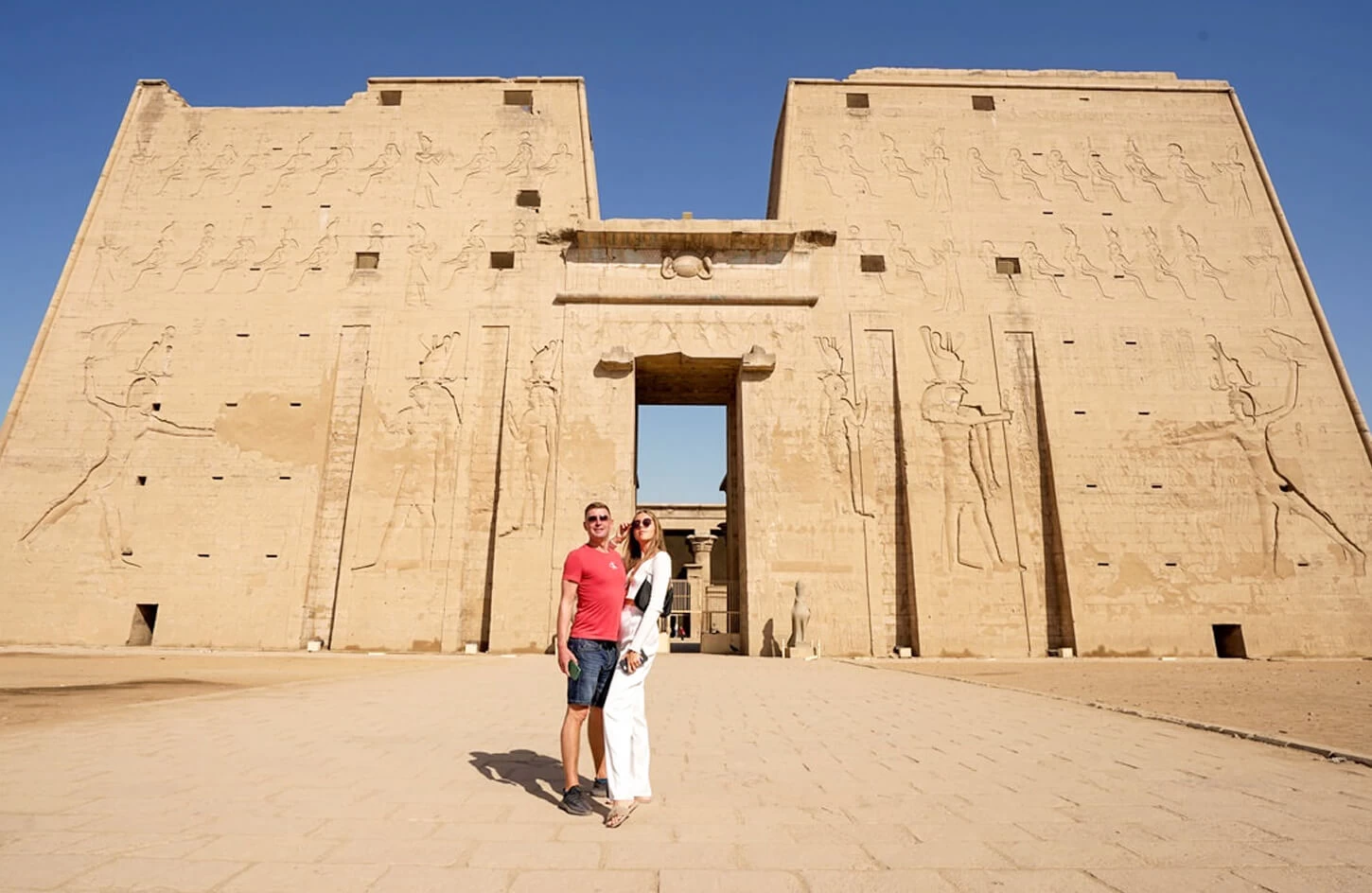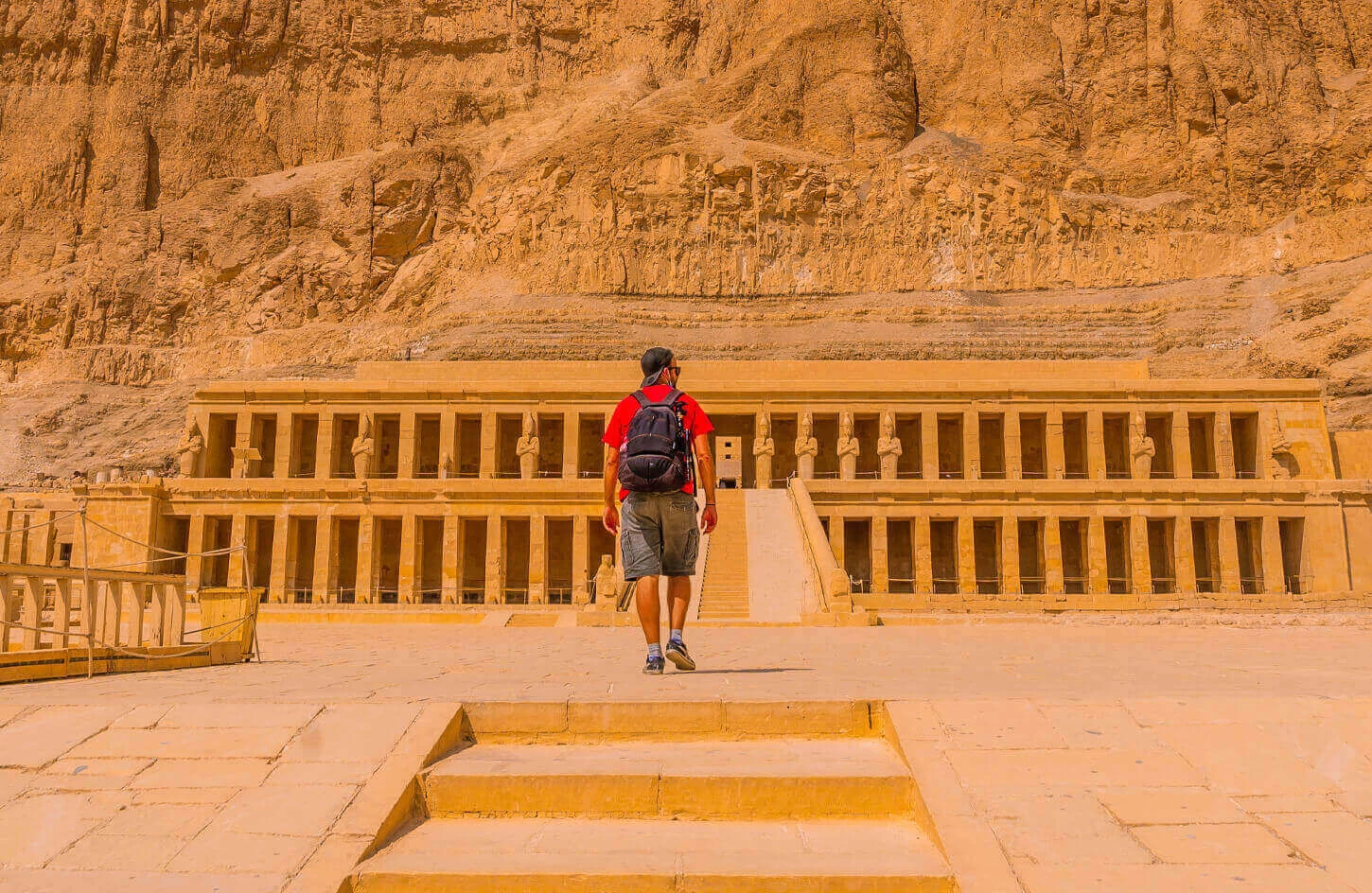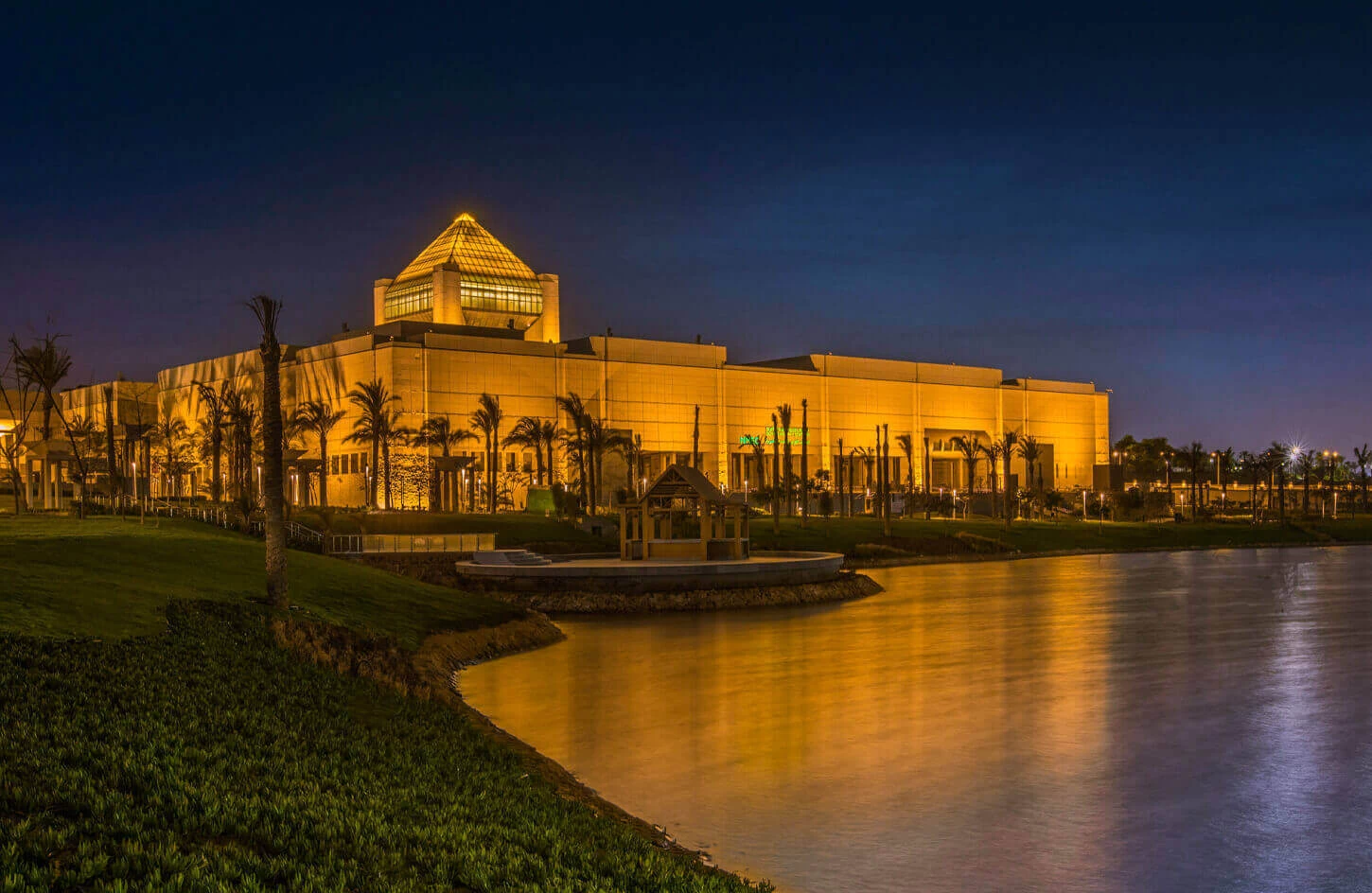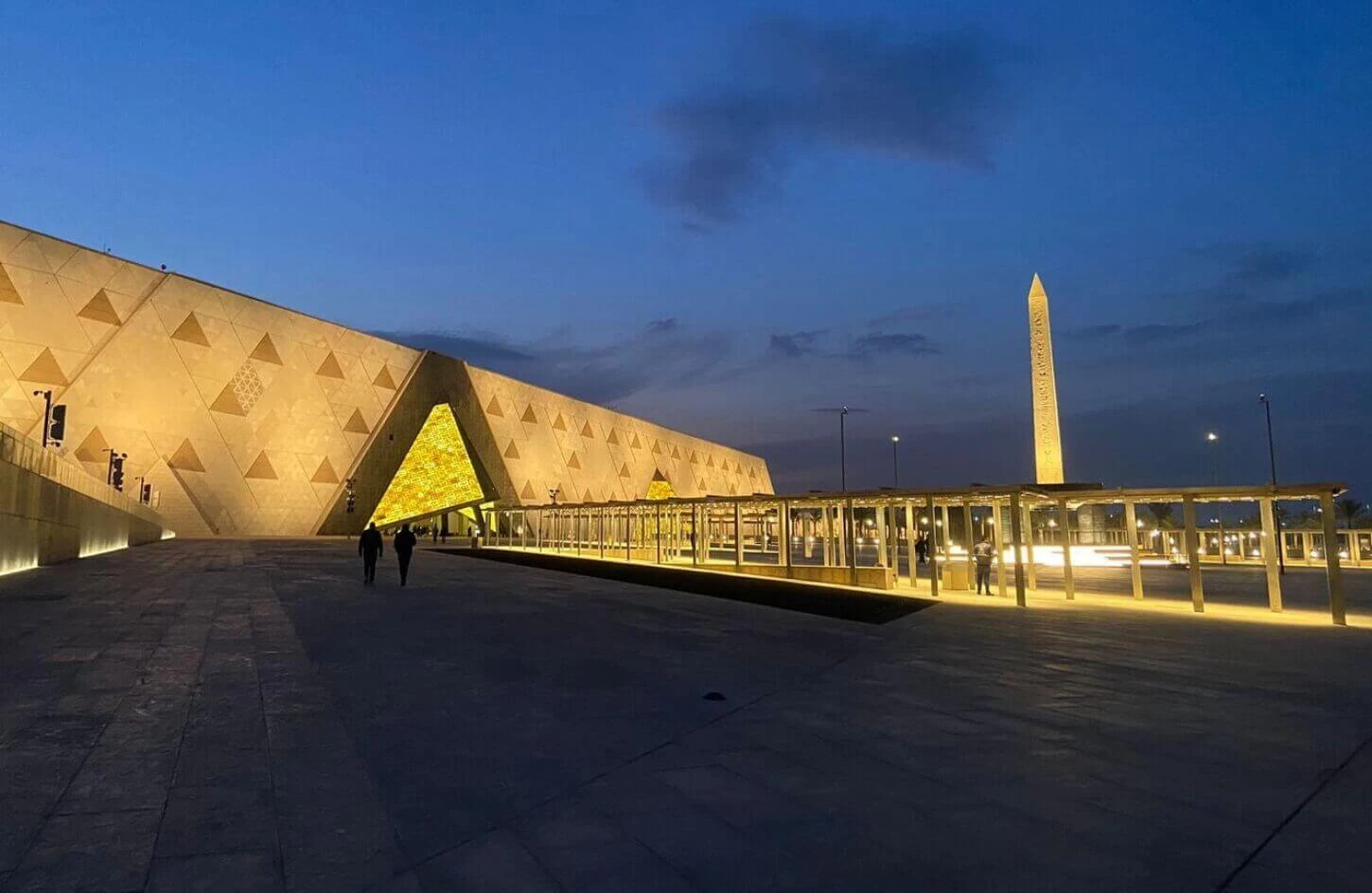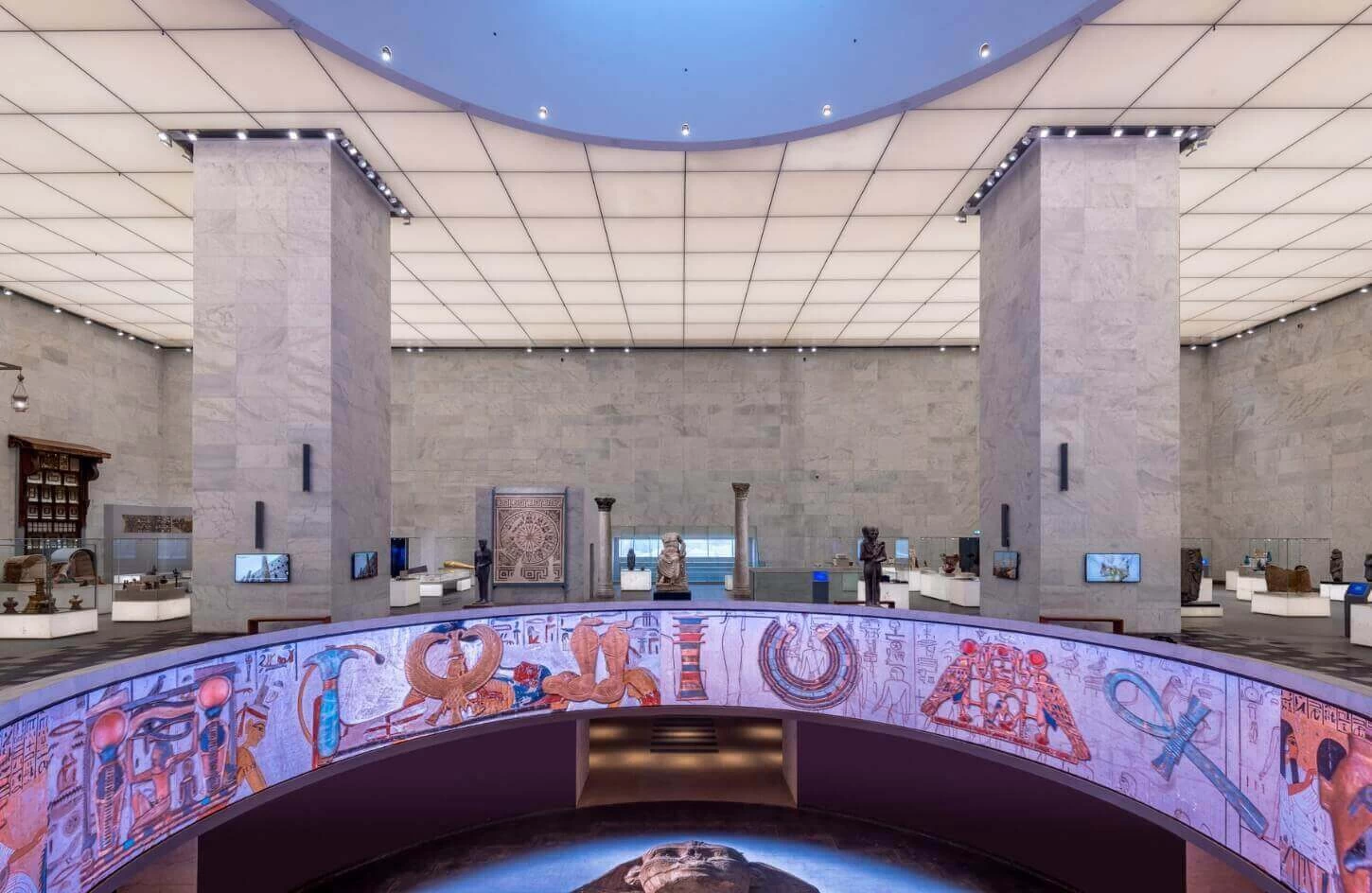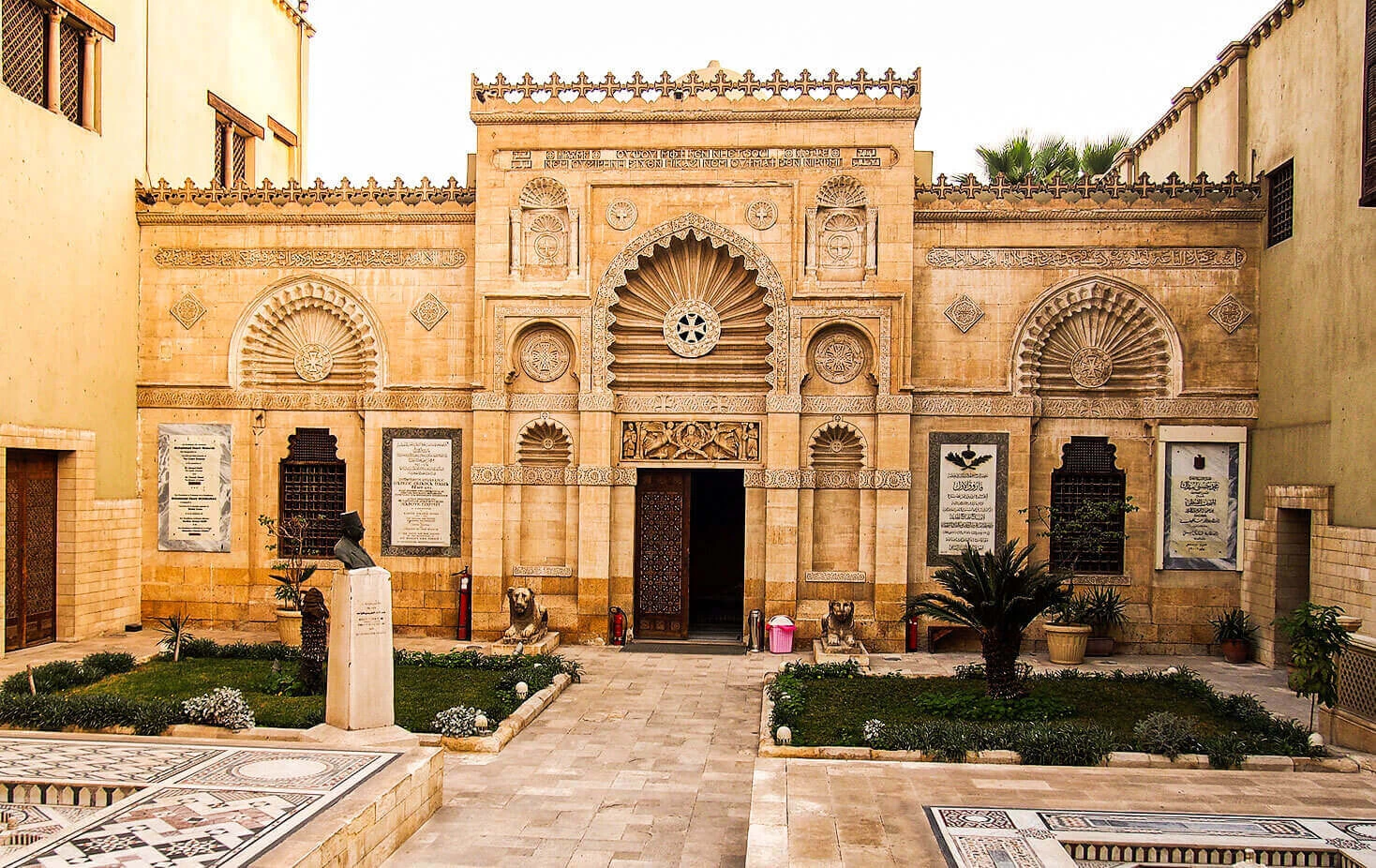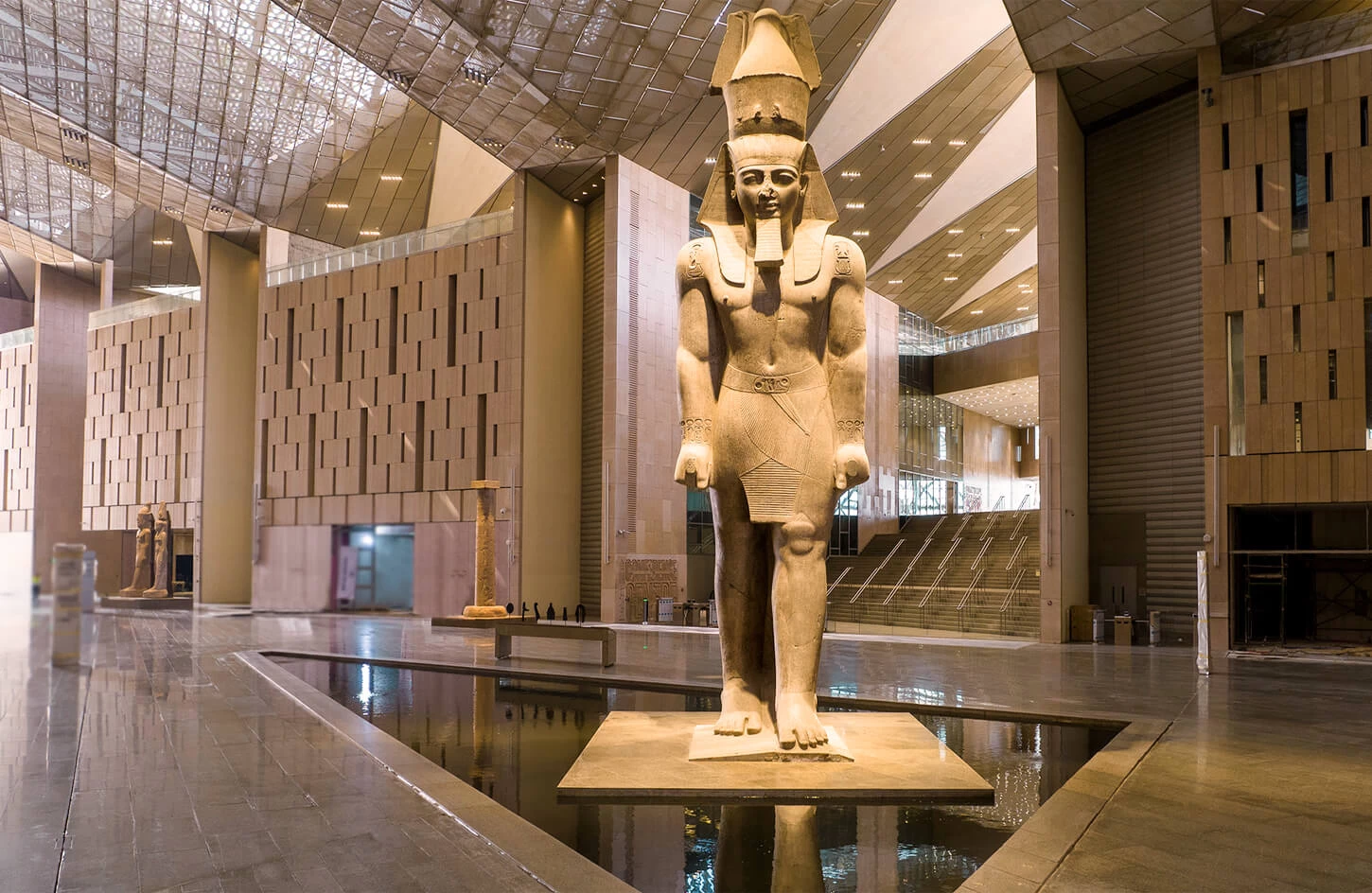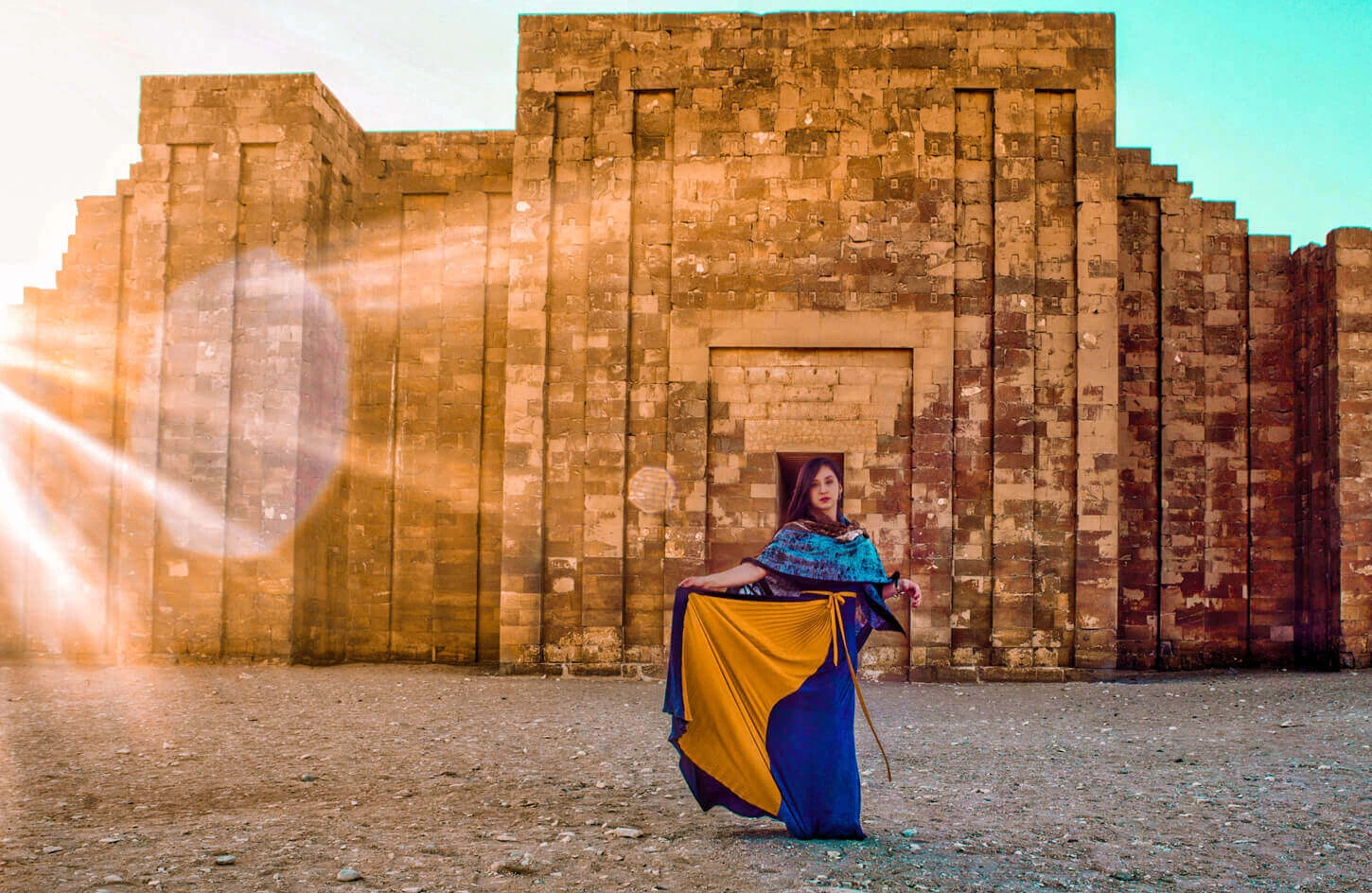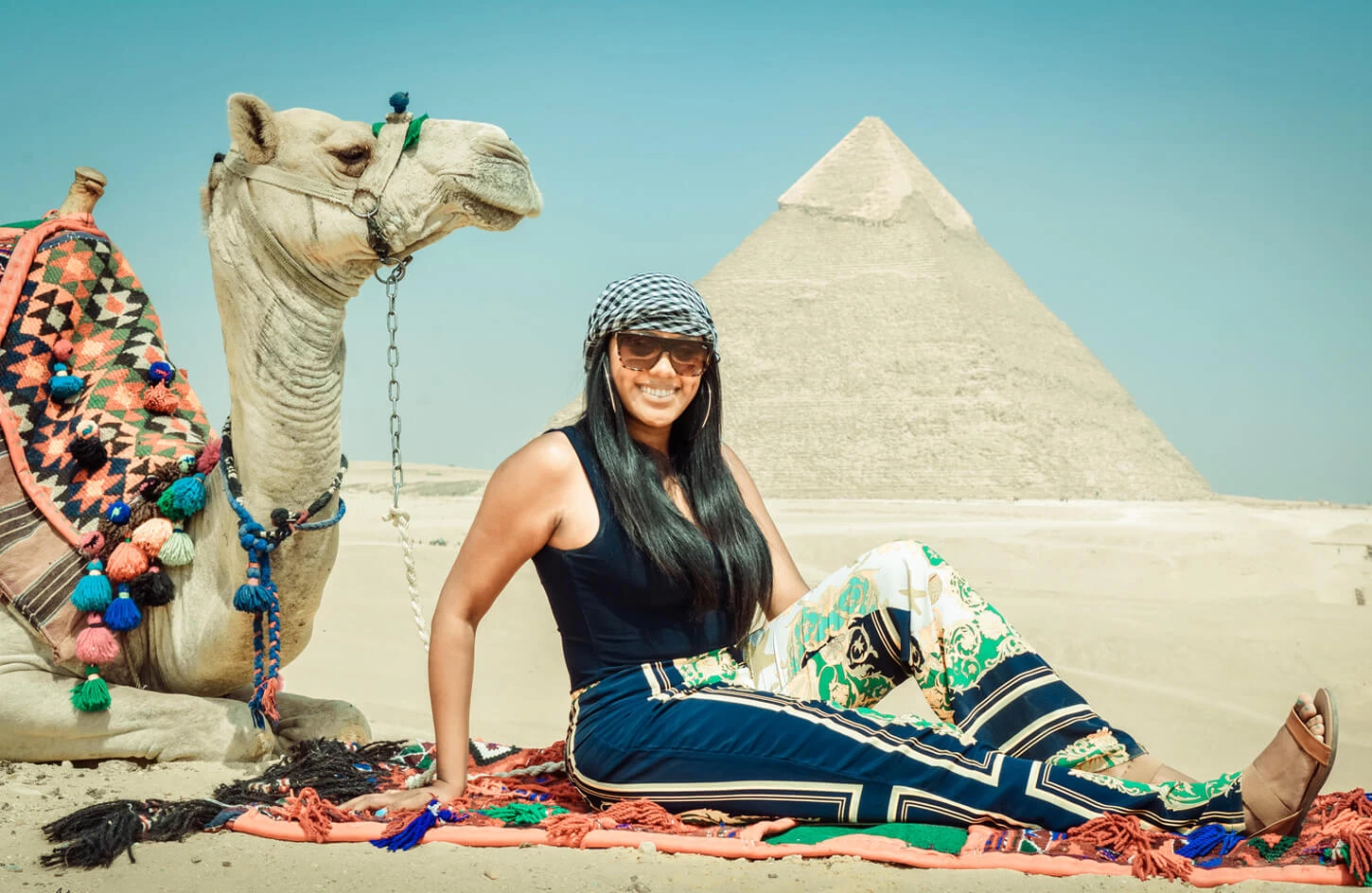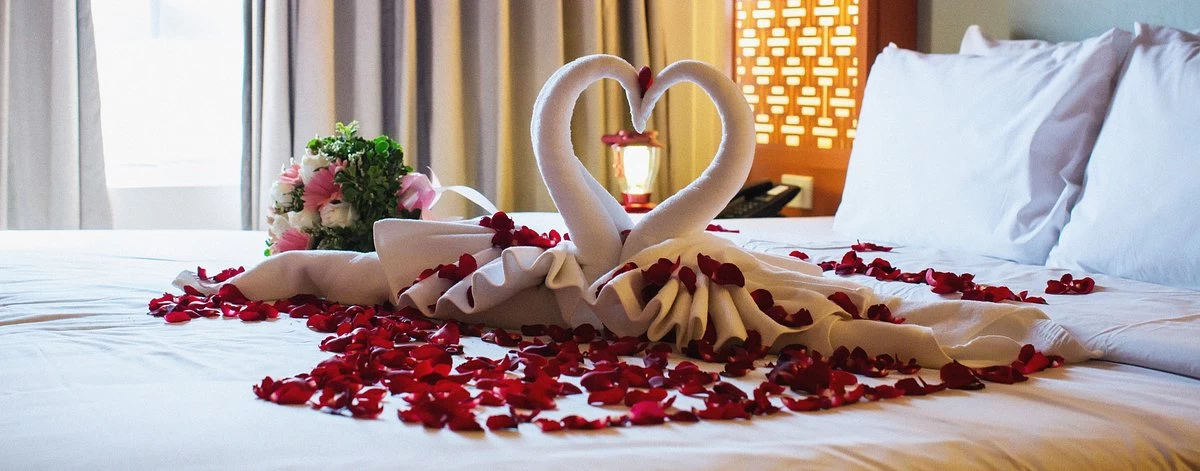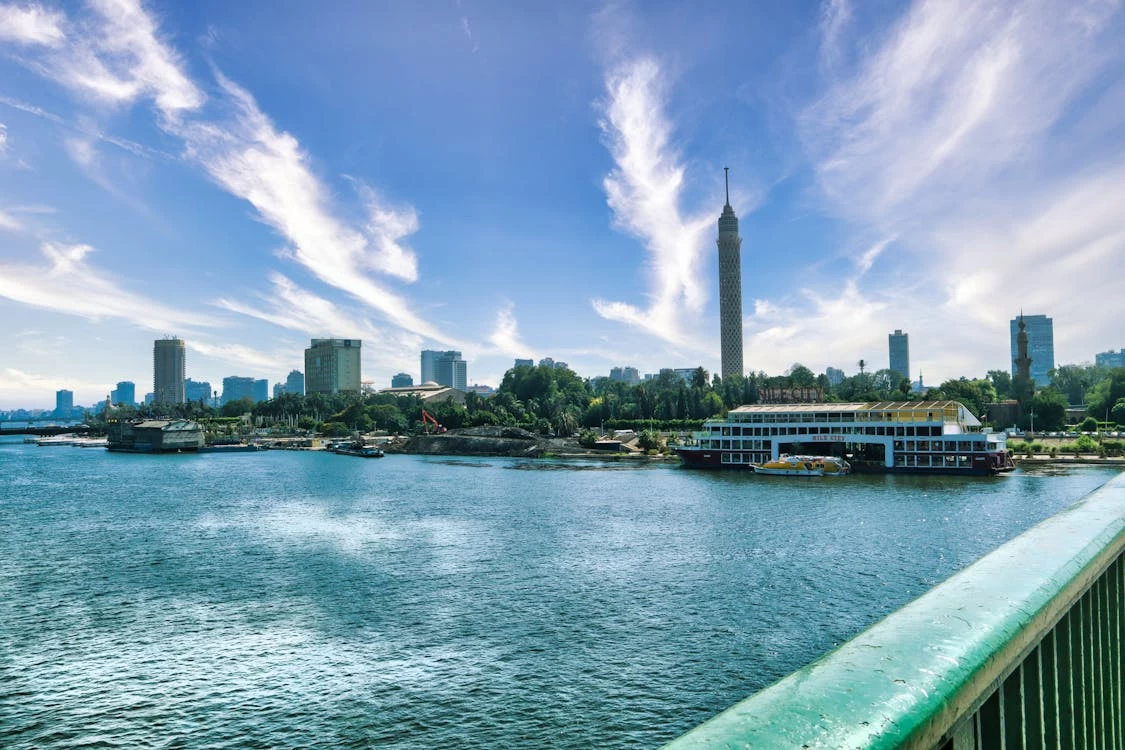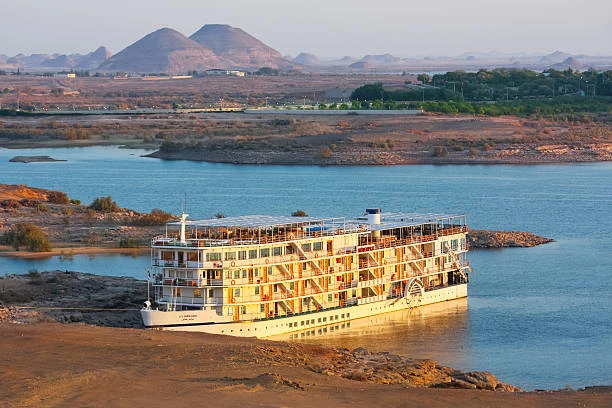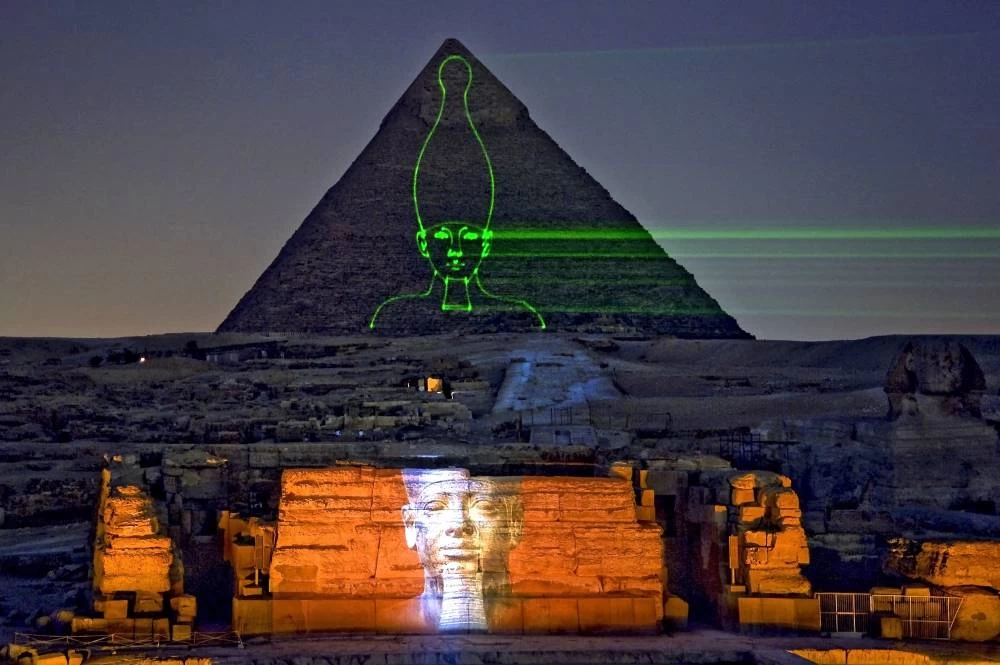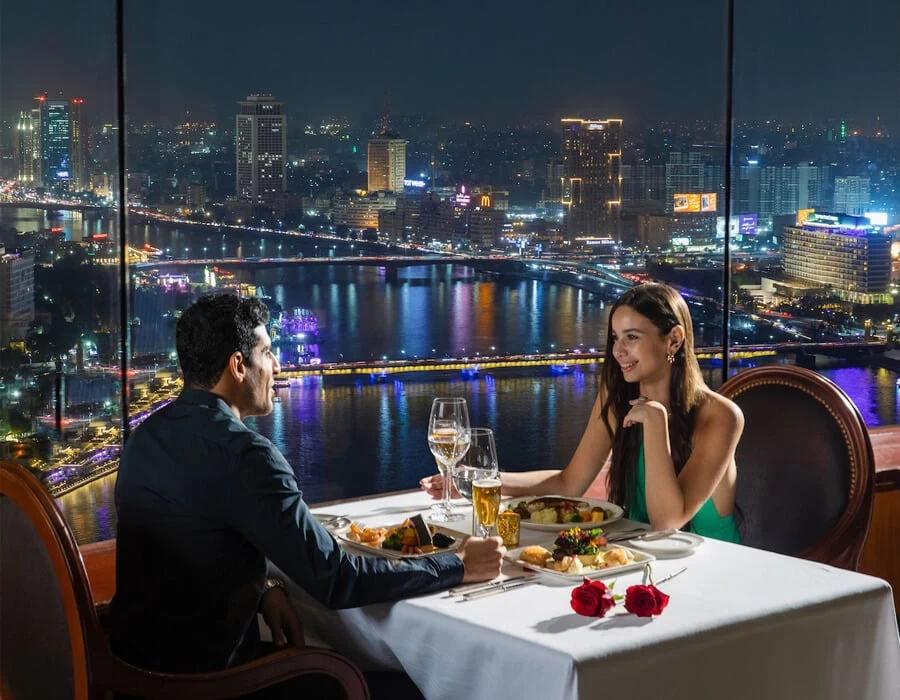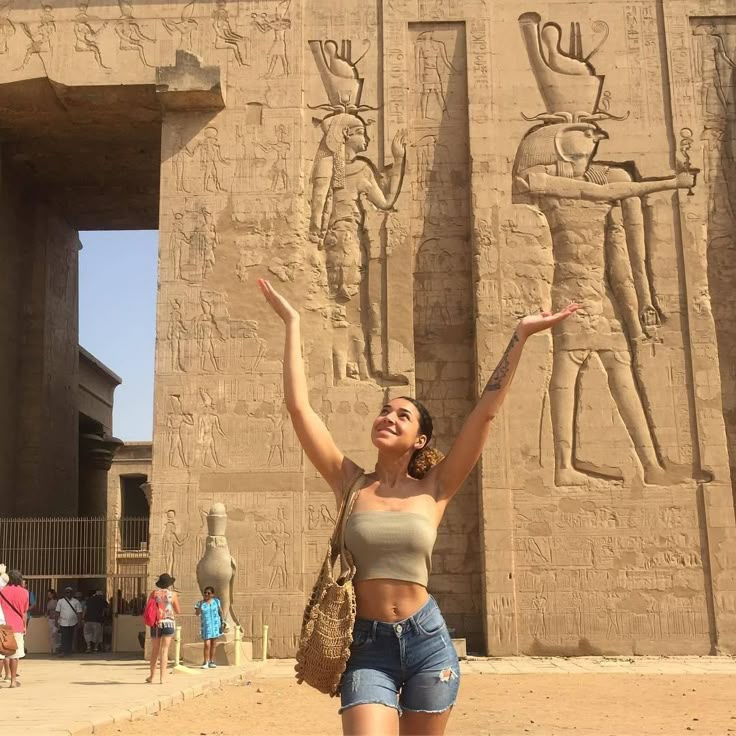Baron Palace
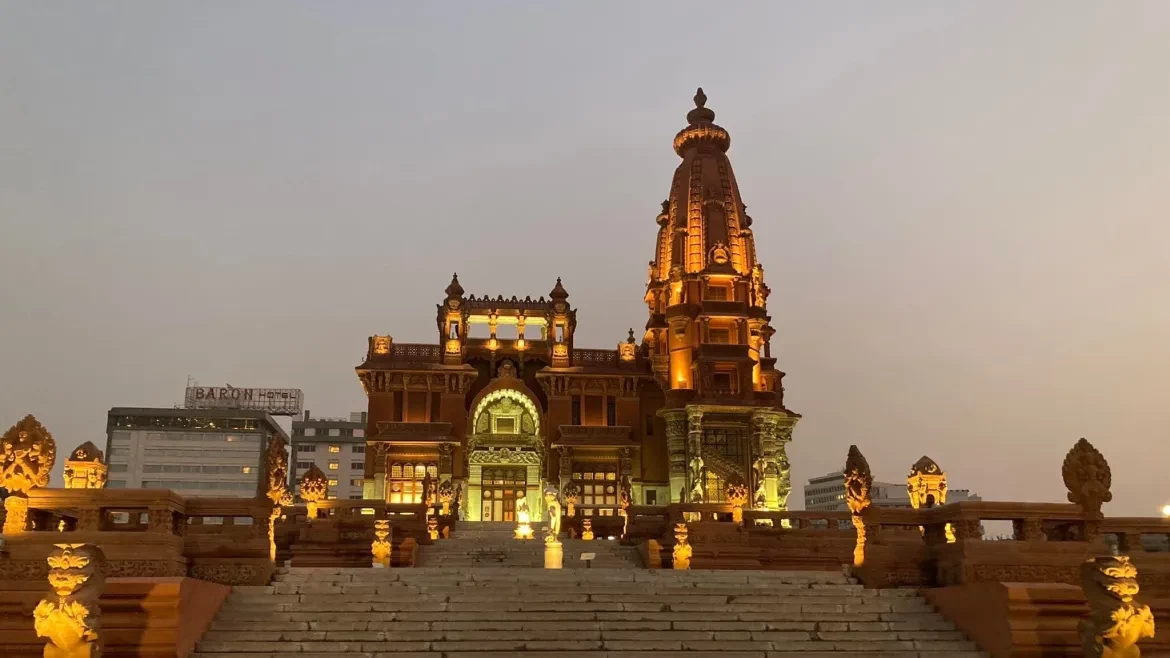
What is the story of the Baron Palace?
The Baron Palace, or Baron Empain Palace, is a tale with both Egyptian and European beginnings. Situated in Cairo, Egypt, in the Heliopolis neighborhood, it is a sight to behold when visiting Cairo day tour. The palace was constructed in the early 20th century by Belgian entrepreneur and engineer Baron Edward Empain, one of the founders who took part in the construction of Heliopolis.
The History Behind the Baron Palace:
Baron Edouard Empain and the Heliopolis Project:
Baron Empain was a Belgian industrialist and engineer who moved to Egypt in the early 1900s. He wanted to develop a new suburb in Cairo that would blend modern urban living with luxurious European touches. His ambitious dream led to him developing Heliopolis, a new city just north of Cairo, as a modern, cosmopolitan community.
Empain not only financed but also spearheaded the construction of Heliopolis, with its grand villas, wide boulevards, and most importantly, the Baron Palace.
Construction of the Palace:
Emplain commissioned the Baron Palace in 1907, the plans by French architect Alexandre Marcel. It took several years to construct, eventually being finished in 1911.
The palace's architectural design is a combination of Egyptian, Indian, and European (Art Nouveau) styles. The design of the palace incorporates colossal domes, minarets, and carved motifs that reflect a blend of styles.
Symbolism and Design:
The palace is symbolically constructed, in inspiration from the Karnak temple at Luxor, with its humongous stone pillars and magnificent ornamentation. The structure was intended to reflect Baron Empain's fascination with Egyptian culture, albeit with a twist of modernity.
The interior of the palace boasts elaborate carvings and intricate mosaics, and an overwhelming construction outside, with a gigantic central dome and opulent decorations.
The Baron was reportedly very interested in Egyptian mysticism in the ancient world, and palace architecture is believed to have been influenced by esoteric thought and Egyptian mythic symbolism as well as afterlife symbolism.
The Baron Empain allegedly thought that the location of the palace had some religious meaning. There are even tales of him even hiring astrologers as a means of attempting to discover the perfect place and time of year to construct it.
The Baron Palace was a big house for Empain and his family. Upon the Baron's death, however, the palace changed hands numerous times.
It has been used for many different things over the years, including a royal guest house and a personal residence. The Egyptian government bought the palace during the 1950s, and since that time it has remained largely empty, deteriorating from disuse.
The Palace Today
Baron Palace has remained a symbol of Egypt's history in the 20th century. Despite its loss of glory over time, the palace is still an iconic landmark. Efforts have been made in recent years to renovate and maintain the building.
While the palace is not yet open to visitors as a museum, its architectural beauty and enigmas of the life of Baron Empain attract visitors and history enthusiasts to date.
Mysticism and Urban Legend:
The Baron Palace is never lacking in mystery and urban legend. The Egyptian mysticism interest of the Baron has been speculated to have been a possible contributing factor in the design of the palace, adding fuel to the rumors of its supposed haunted history. The mystique of the palace serves only to add to its mystique.
Essentially, the Baron Palace is a tale of a vision-excelling European businessman who was dreaming of building a greater Cairo, his romance with Egyptian culture, and his gift to the city. Even though the palace can no longer fulfill its proposed uses, its beautiful framework and history continue to entice visitors' hearts.
Does the Baron Palace rotate?
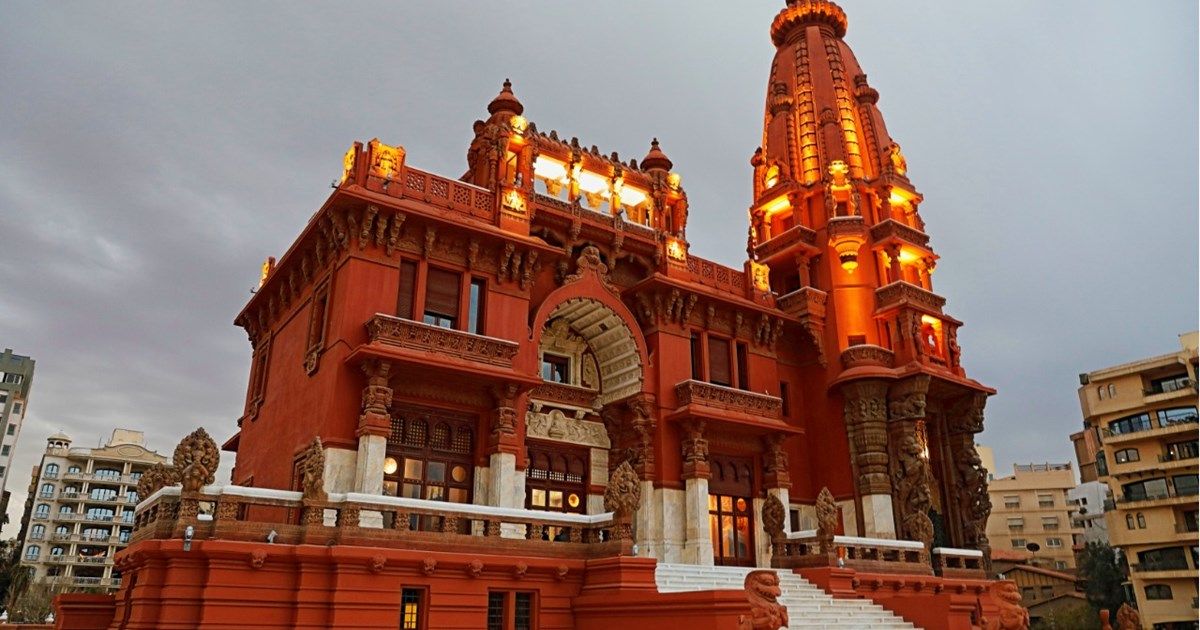
In fact, Cairo's Baron Palace does have one strange feature that has given the impression that it turns, but it's not exactly so.
The Baron Palace itself does not turn physically, but there is a highly intriguing optical illusion given by its design. The palace was actually designed in such a way that the central dome of the palace and the main entrance of the palace are in opposite directions. It was done to adhere to the Egyptian belief in celestial symbolism and to reflect sunlight at different times of the day, giving the structure a dynamic movement.
One more reason for the belief that the palace spins is that the Baron Empain had been reported to be interested in mysticism and Egyptian esoteric beliefs, so he may have designed the palace in a way that it lies in alignment with astrological or symbolic importance, contributing to the legends about the palace being "mystical."
Moreover, one of the general fallacies is the notion that the concept of rotation is referencing the direction in which the palace is facing or the illusion of rotation created by the wind as a result of its only existence in the desert surrounding it. There is no method applied to rotate the palace.
Briefly speaking, the Baron Palace does not rotate, yet its unique design and legends about its construction created such fascinating rumors.
Baron palace tour guide
The Baron Palace Tour Guide is the best way to experience this ancient and mysterious site in Cairo. Discover it when you come to Egypt Tour. Below is a complete guide on the history, architecture, and significance of the Baron Empain Palace, also known as the Baron Palace:
Key Features of the Tour
Arrival and Exterior View
The initial segment of the tour will give you a chance to admire the mighty exterior of the palace.
The pyramid-shaped roof and the intricate carvings are among the key features that reflect both Egyptian and European architectural influences. The palace is towering high, complete with gargantuan pillars, domes, and minarets.
Notice the bizarre structure that blends Indian, Art Nouveau, and Egyptian motifs, reflecting Baron Empain's cosmopolitan interests.
Entering the Palace:
Once you enter the palace, you shall pass through the ornamented gates and courtyard and appreciate the fusion of architectural style.
You would see statues, columns, as well as Egyptian motifs, notably on the wall of the entrances. These are the sections of the palace, which show how much Baron Empain valued ancient Egyptian culture.
The Main Hall:
The principal hall of the palace is ample and magnificent in its high ceiling and huge chambers.
The wall frescoes, mosaics, and carvings are some of the major attractions of this room. These decorations have Egyptian-inspired motifs and symbols.
Take a while to examine the marble floors and observe the intricate light fixtures that add to the palace-like ambiance.
The Central Dome and Views:
The palace features a large central dome that adds to its unique architecture. It was specifically designed by Baron Empain to resemble an ancient Egyptian temple.
The dome provides one with an opportunity to see the design of the palace and the Heliopolis landscape.
The Grand Staircase:
The grand staircase of the interior palace is a dramatic element. It is richly decorated with gold leaf, floral patterns, and marble finishes.
As you ascend the stairs, you can admire the elegant banisters and decorations on the walls.
The Rooms and Chambers:
The majority of the palace rooms are decorated in a lavish style with large windows where sunlight can flow in.
Even though the interior is a bit worn out, the exquisite carvings, wooden paneling, and pillars still make their presence felt.
The guestrooms and the master suite incorporate a mix of European decadence with the mysticism of Egypt.
The Courtyard and Gardens:
The palace features a stunning courtyard where tourists can stroll around in the serene atmosphere, complete with immaculately trimmed gardens and statues.
There is also a chance that the Baron was a person who was interested in astrology, and the courtyard can be described as having been designed to include astral and astrological alignments.
Legends and Myths:
A visit to the palace would not be complete without mentioning the mystical myths that revolve around it. Baron Empain's interest in Egyptian mysticism and occult practices provide the palace with an aura of mystery.
People say that Baron believed the palace was constructed in harmony with celestial events. Others believe the palace is haunted due to its eerie and isolated setting.
The Decline of the Palace
The palace history also has a time of abandonment after Baron Empain departed Egypt. The palace was sold to various owners, and it ended up in abandonment.
It wasn't until the recent past that there was a move to restore and preserve the palace, and now the palace is a historic landmark.
More Attractions Around
The Heliopolis District: You can walk around the district during your visit to Heliopolis and visit other historical places, museums, and cultural centers that are representative of Cairo's early 20th century.
Things to Know Before Visiting
Timings: The palace is open to the public normally each day of the week from 10:00 AM to 4:00 PM. However, it is always best to check the opening times in advance.
Entrance Fee: The fee for entry depends on the mode of visit (whether you go as part of a guided tour or alone). The fees are generally modest for foreign tourists.
Guides: If you would like additional information about the history and architecture, you can arrange to have a local guide. Transportation from central Cairo is offered on some tours.
facts about baron palace
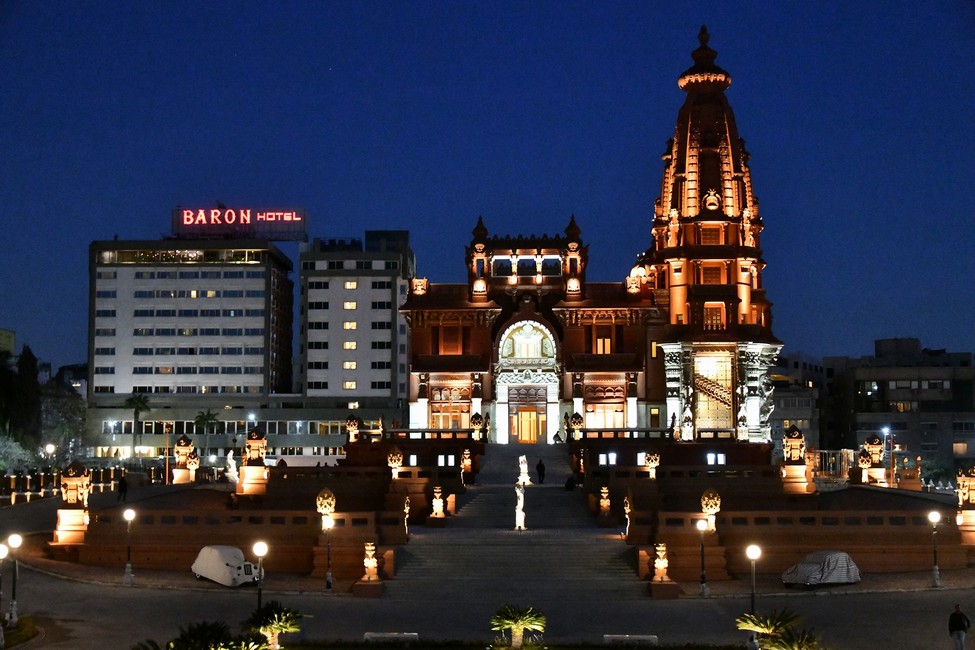
Some of the interesting facts about Egypt's Baron Palace in Cairo include:
1. Built by a Belgian Millionaire:
The Baron Palace was built by Belgian industrialist and engineer Baron Edouard Empain, who had settled in Egypt in the early 1900s. He was the co-developer of the Heliopolis suburb, which is a modern Cairo suburb, and built the palace as his residence.
2. Construction Period:
The palace was built from 1907 to 1911 by French architect Alexandre Marcel. It took four years, and the dominating building remains one of the most well-known landmarks in Cairo.
3. Eclectic Architectural Style:
The Baron Palace is built in an eclectic architectural style that includes Egyptian, Indian, and European styles. The mix of the influences is an exhibition of Baron Empain's interest in cultures and his need to be unique.
Palace architecture is a mix of Egyptian temple-form ancient but with Indian-style towers, Baroque ornamentation, and Art Nouveau ornamentation.
4. Symbolic Design:
The circular dome and pyramidal roof of the palace were shaped in accordance with mystic and astrological principles. Baron Empain, as a believer in Egyptian mysticism, is reported to have wanted palace design inspired by cosmic and celestial symbolism.
5. Location and Size:
Baron Palace is located in the Heliopolis suburb of Cairo that was originally a upscale suburb developed by Baron Empain. The palace is also surrounded by enormous gardens and an open square, which further contributes to the grandeur.
6. Weird Legends:
There are a few myths about the palace. One is that the palace is haunted and rumors are spread that Baron Empain's interest in the occult and Egyptian mysticism led to a ghost in the palace. These myths added to the mystique of the palace.
7. Built for Wealth and Status
The palace was a mark of wealth and status and was built to be the home of Baron Empain and his family where they could live in luxury. It was also fitted with such modern facilities, as were present in those days, like electricity, plumbing, and saloons with heating.
